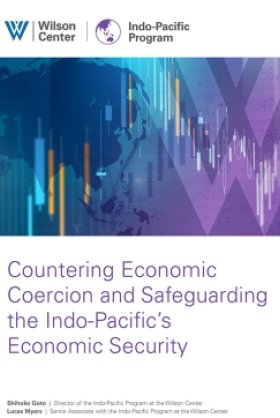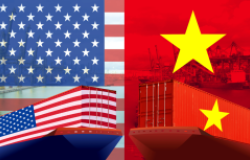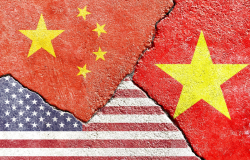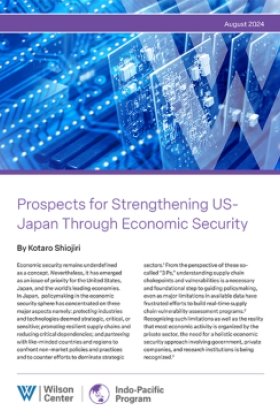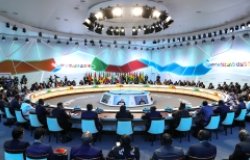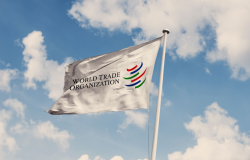Here or There? A Survey on the Factors in Multinational R&D Location
with Jerry Thursby, Chair and Director of Graduate Studies, Department of Economics, Emory University; Marie Thursby, Hal and John Smith Chair in Entrepreneurship and Professor,College of Management, Georgia Tech University; Harold Schmitz, Science Officer, Mars Inc.; Susan Butts, Senior Director, External Science & Technology Programs, Dow Chemical Company
Overview
In "Here or There? A Survey of Factors in Multinational R&D Location," Professor Jerry Thursby of Emory University and Professor Marie Thursby of Georgia Tech University surveyed 250 multinational companies to see what influences their planning to site R&D facilities in their home country or overseas. (The 250 responses were from an original sample of 400).
The Thursbys were responding to a request by the Government-University-Industry Research Roundtable (GUIRR), part of the National Academies of Science and Engineering and the National Institute of Health. They were joined on the panel by Susan Butts, Senior Director of External Science and Technology Programs at the Dow Chemical Company, and Harold Schmitz, Chief Science Advisor for Mars, Inc.
The Thursbys found that many factors went into site selection for R&D facilities – the quality of the research personal, the commitment (or failure) to enforce intellectual property rights, the potential relationship with universities, the size of the market, the prospects for growth, and the costs of establishing a facility including the wages of R& D personnel.
For the emerging market countries such as China or India, the results of their interviews emphasized the growth of the market as the key factor in establishing an R&D facility. As markets grew, R&D facilities were needed to adapt an existing product to local conditions and local consumer tastes.
In a departure from previous studies of the outsourcing of high-skilled jobs, the Thursbys did not find that costs were a major factor in establishing an R&D facility in China and India, despite the significantly lower cost of personnel there.. They saw a sharp distinction between research, where relatively few people were involved, and manufacturing, where labor costs weighed more heavily in any economic calculation. Much more important, they found, was the quality of R&D personnel.
One participant argued that costs were in fact a critical element given that, for research, the quality of the scientists had to be first class.
In response to another question, the panelists saw a trend in which an increasing proportion of basic research will be done in China, India, and, perhaps, elsewhere in emerging market countries. They stressed that China in particular had well-capitalized research facilities and a promising pipeline of human talent. China was also attractive because of the speed with which universities and companies could reach an agreement. Where an agreement on sharing intellectual property might take five months in the United States, it could be done in five weeks in China. They also thought that China was beginning to become more responsive to pressures to do more to protect intellectual property though the lack of IPR protection remained a negative factor in locating in China.
How do U.S. companies take advantage of China's growth, talent, and lower costs without endangering their intellectual property? One panelist noted that companies can divide a research project into several pieces with the core piece and final development kept in their American research base.
The panelists agreed that "Here or There?" was a very useful snapshot of current thinking in multinationals but that global conditions were changing so rapidly that there was a need for much further research on R&D site location.
Thank you for your interest in this event. Please send any feedback or questions to our Events staff.

